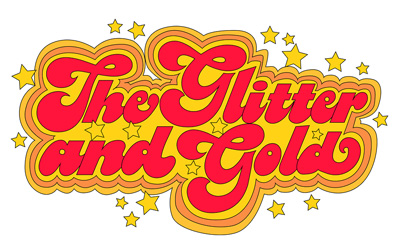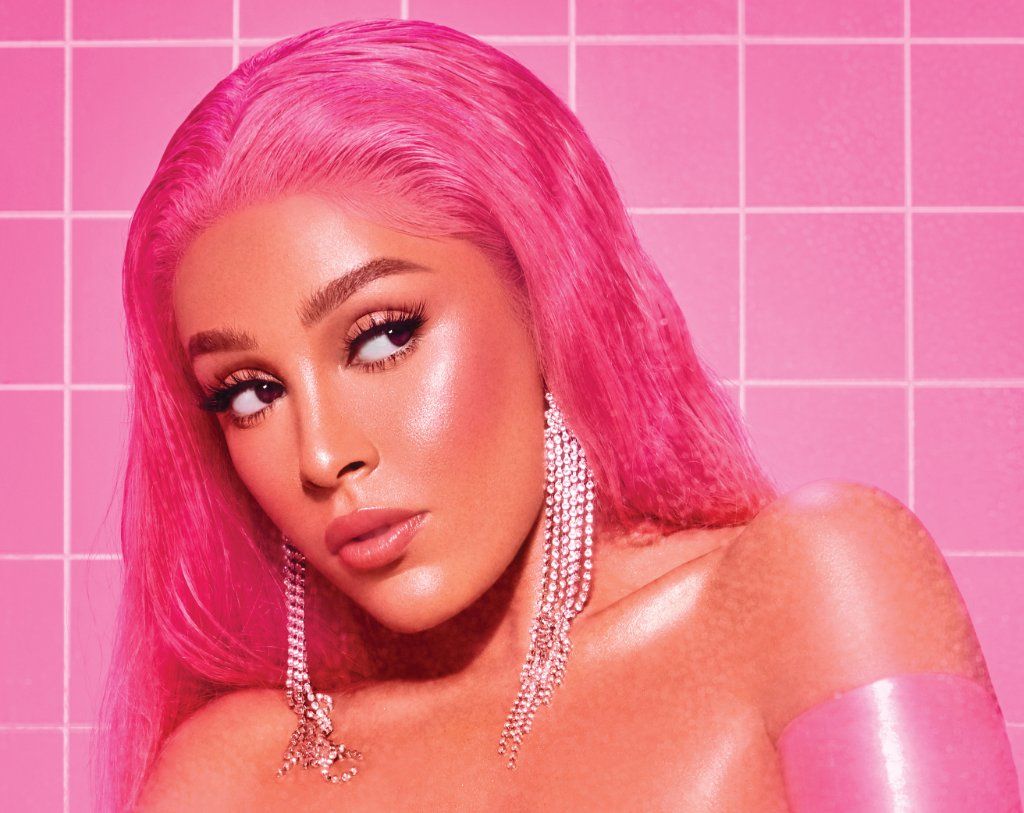10 percent of all global carbon emissions are from the fashion industry. Despite advances in sustainable production, our wasteful and ignorant habits continue. What is right for the planet is ultimately disregarded.
Big brands abuse their power
Mammoth clothing brands dominate our world. In recent years, they have tried to divert attention from the destructive consumerism they promote. H&M has launched an eco-friendly line of plant-dyed, recycled, affordable and stylish clothing. In 2019, Nike committed to Zero-Carbon & Zero-Waste. ZARA promises 100 percent sustainable fabrics by 2025.
These actions appear genuine. In truth, they are greenwashing. These brands make deliberate attempts to conceal the incriminating facts.
One of fashion’s biggest polluters, H&M churns out 3 billion garments every year. Nike’s sneaker production is one of the most carbon-intensive practices in the world. According to one report, sneakers account for 1.4 percent of all global greenhouse gas emissions.

85% of new clothing ends up as landfill
Regardless of fabric, ZARA’s current business model will never be sustainable. The company creates 20,000 new designs every year, encouraging a rapid cycle of purchasing and discarding. 85 percent of our clothing and other textile purchases becomes landfill within 12 months of purchase.
Dr. Patsy Perry as a fashion professor from Manchester University. No one has done more research into fashion waste. “Consumers must understand fashion as more of a functional product rather than entertainment,” she warns, “and be ready to pay higher prices that account for the environmental impact of fashion.”

Asher Bowen-Saunders on sustainable fashion
Why do we view fashion as a dire necessity? Asher Bowen-Saunders is an ethical artist known for her advocacy of sustainability. “For some of us,” she shares, “[clothing] plays a significant and therapeutic role but often this authentic self-expression is clouded by the overbearing messages pumped out by the fashion industry.” We believe that we are expressing ourselves, yet this is exactly what big brands want.
When it comes to responsible consumption, we sit on the sidelines. Why? Our thinking has become obscured. We have become addicted to comfortable, convenient, and addictive shopping. “[The consumer industry is] so huge that the practices have become normalized,” Asher says. “The consumer has either never been exposed to the truth, which is no accident, or is unable to comprehend the ugly reality of this industry.”
“It is almost impossible to function as a business and make profit if there is not some form of exploitation that takes place along the line,” she adds. “And consumers have become so used to these unbeatably small costs that ethically consuming at the rate we are often used to is impossible.”
Are we willing to sacrifice convenience for sustainable fashion?
Are we prepared for environmental and humanitarian havoc just to please our desire for style? April Lilleyman is an aspiring designer from the hinterland of Northern New South Wales. She believes in an alternative solution.
“I choose to mend things, give items a second life rather than buying new all the time,” April shares. “For my business, I sew using only second hand fabric. This means curtains, bedsheets, doonas and more. I’m making use of what I have, what I find, rather than creating more waste and buying into the culture of trends.”
The future of sustainable fashion
As April’s approach shows us, we do not have to succumb to the doomed fate of fashion. The responsibility for change comes from the consumer. As individuals, we can buy with intention, reuse, repair, recycle.
We can support local and transparent brands. Embracing the idea of Slow Fashion, we can choose to buy better-quality clothing that lasts longer. Above all, we must educate ourselves. We need to learn what it really means to be ethical. It is costly but imperative.
As for current fashion giants? Token gestures are not enough. We must push big brands to adopt alternative approaches to production based on fair treatment of people, animals, and the planet. They can create better conditions for their workers and reassess their environmental impact.
We must collectively take a sustainable step forward. We must create an era of Conscious Consuming. Let’s not shop until we all drop dead.










